This website uses cookies so that we can provide you with the best user experience possible. Cookie information is stored in your browser and performs functions such as recognising you when you return to our website and helping our team to understand which sections of the website you find most interesting and useful.
Tag: growth
-
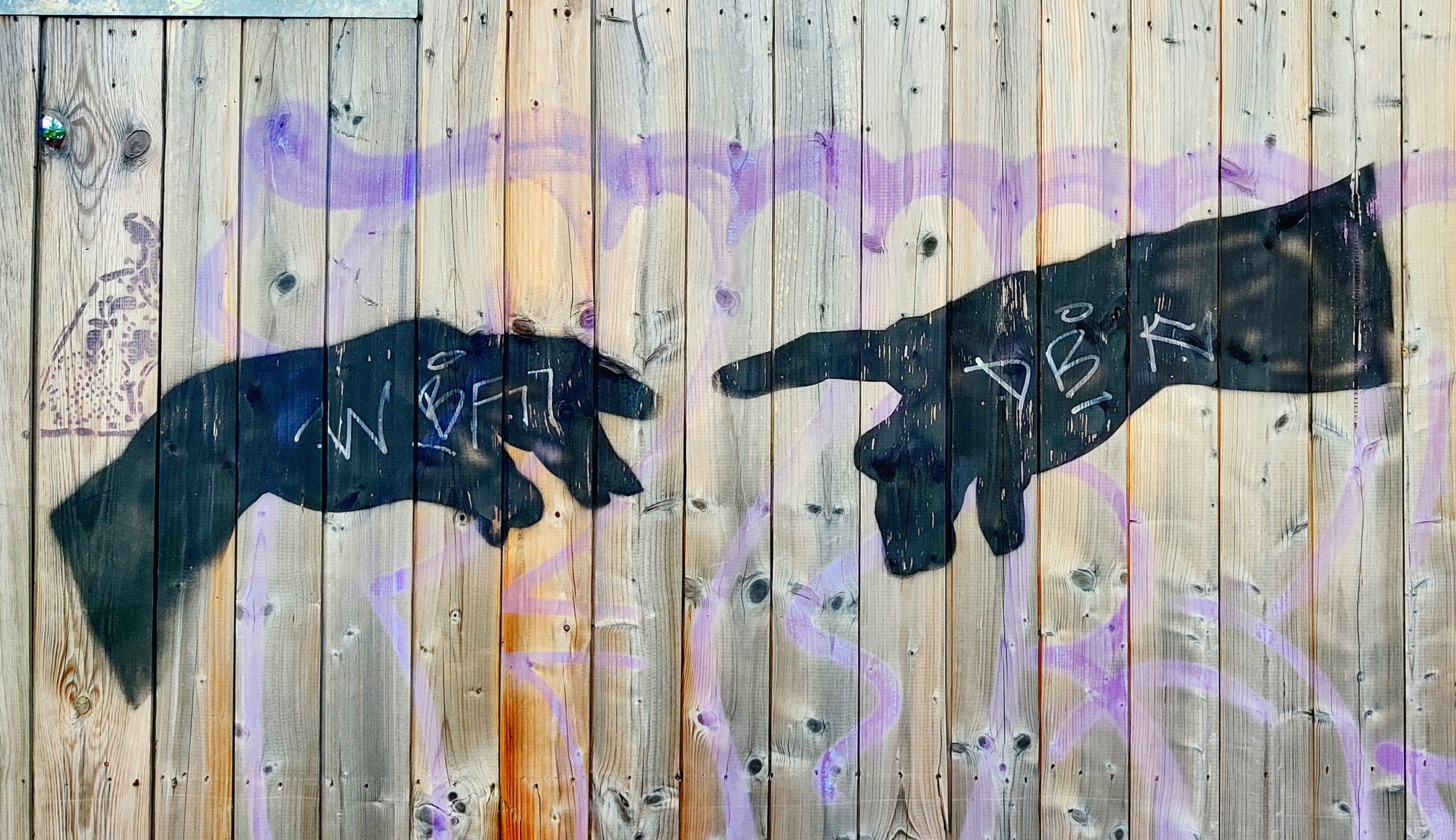
These Past Months
•
The summer solstice fell on June 21st this year. Then the midway point of 2023 passed, and I finished James’ Clear‘s Atomic Habits a few weeks later. All of this has culminated in a pressing need to take a moment to pause, be present, and ask myself: How are things…
-
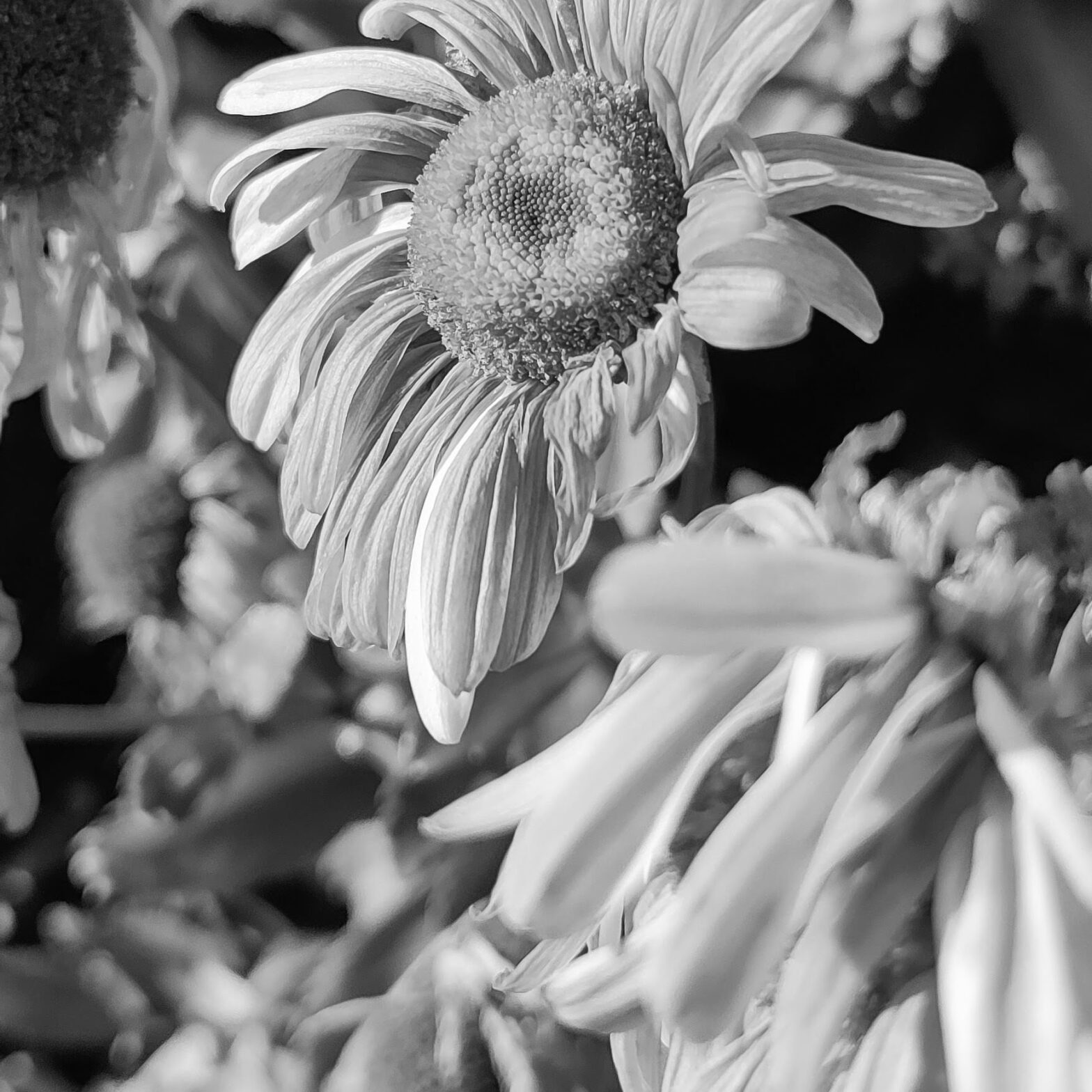
“To Feel” List
•
There are just 30 days left in 2022. This entire year has sped by; it feels like it should still be May or June. I am focusing on spending this final month as intentionally as I can. This means slowing down, paying attention, and being mindful. Somewhere on Instagram, I…
-
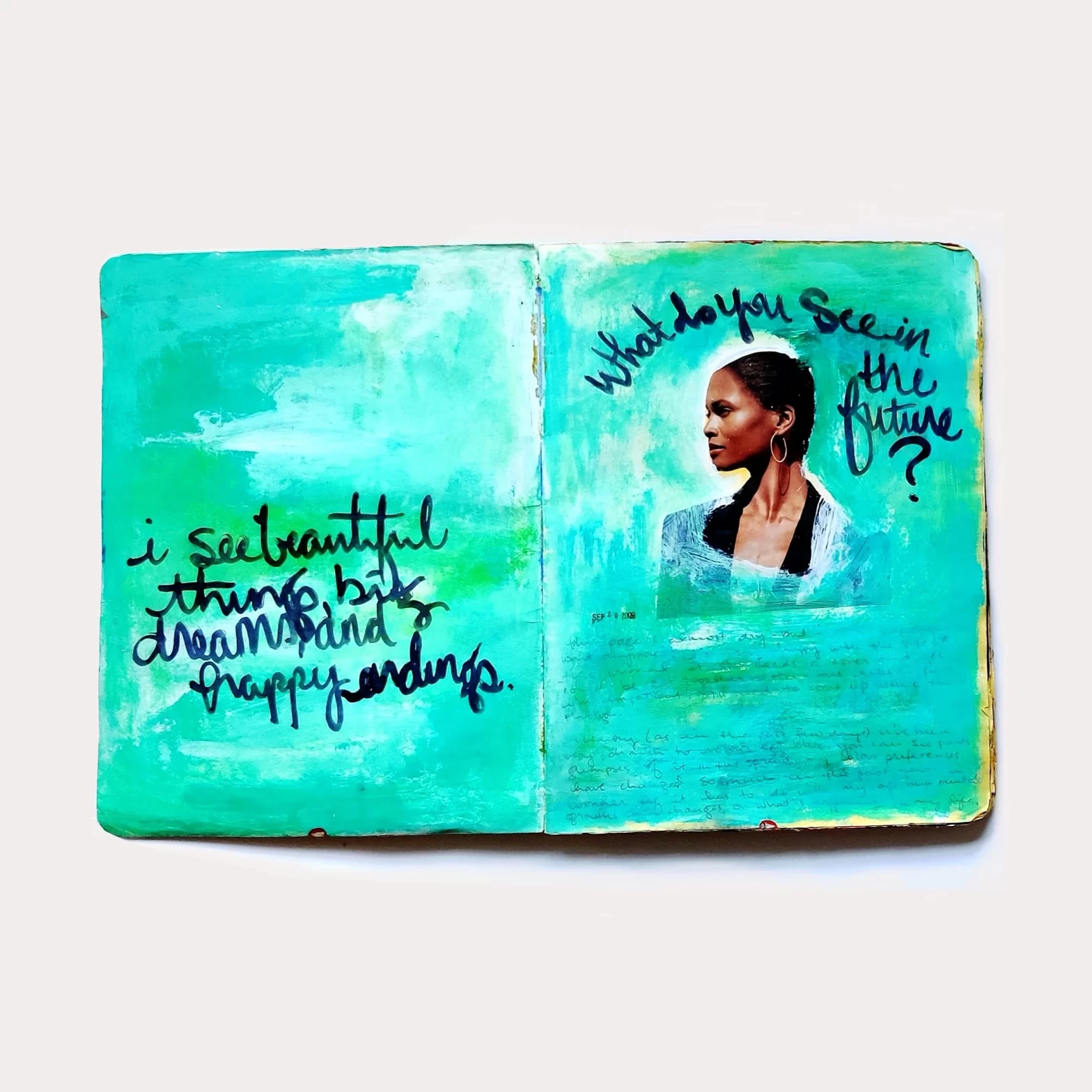
First Art Journal
•
This is the first spread in my first-ever-completed art journal. I dated the page: September 20, 2009.
-
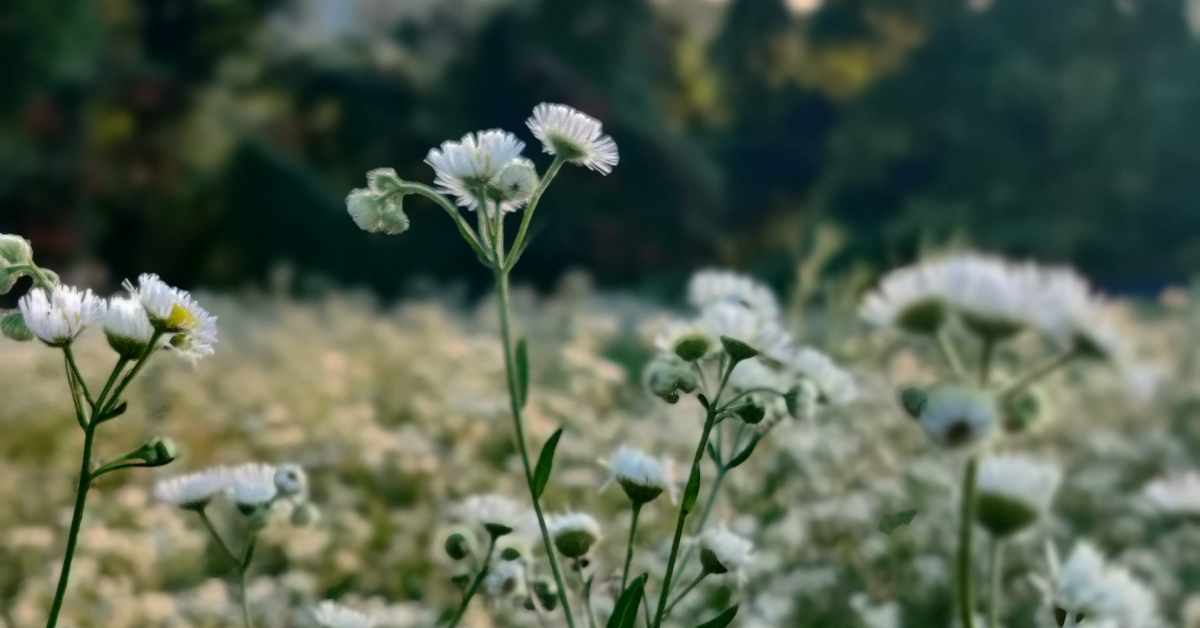
You Are a Garden
•
We’re constantly bombarded with messaging about how we can be better, more efficient humans. It’s exhausting.
-
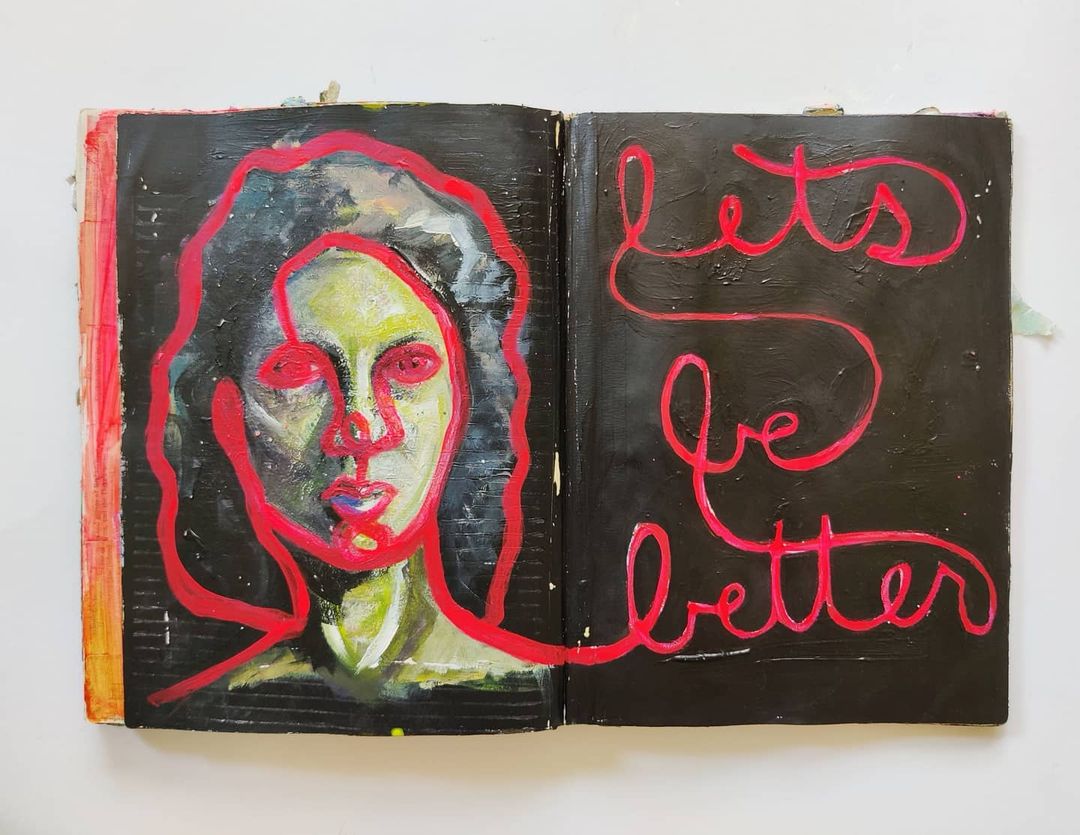
More Creation, Less Perfectionism
•
What if we redefined “perfection” as actually leaning into the messiness and the emotion of existence? Maybe perfection is actually showing up as, and celebrating, the whole complicated human you are.
